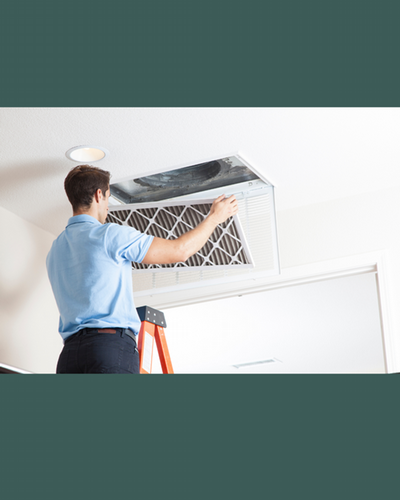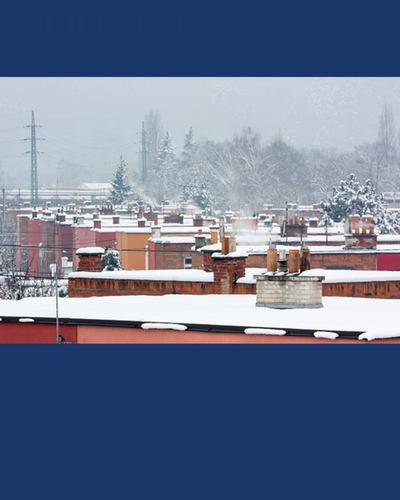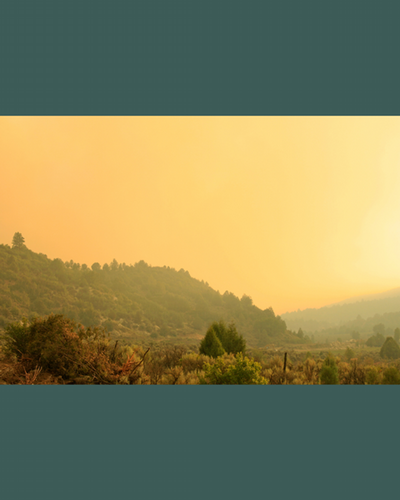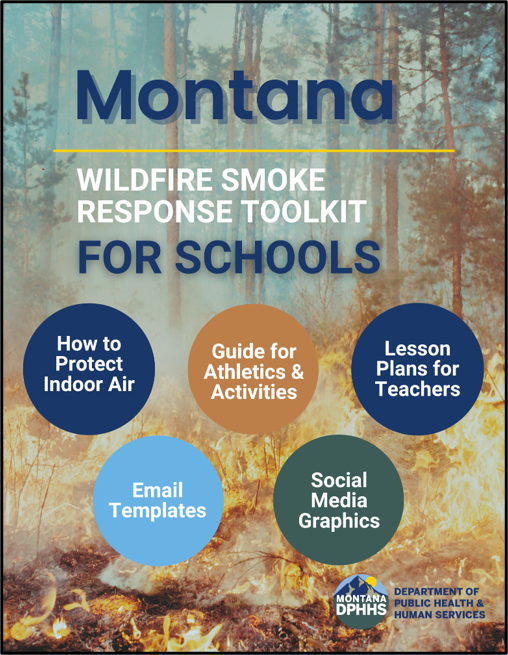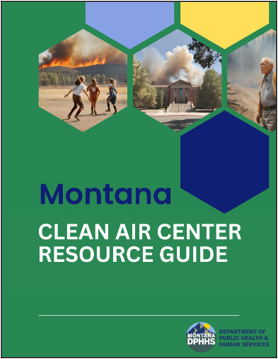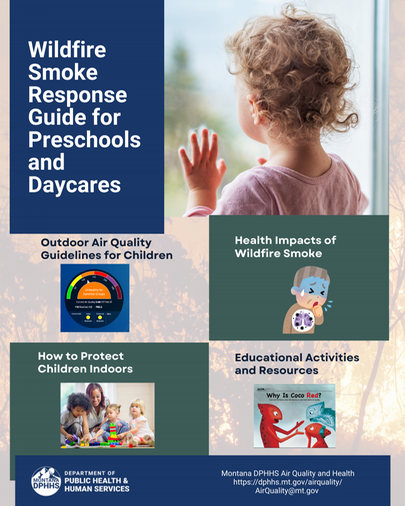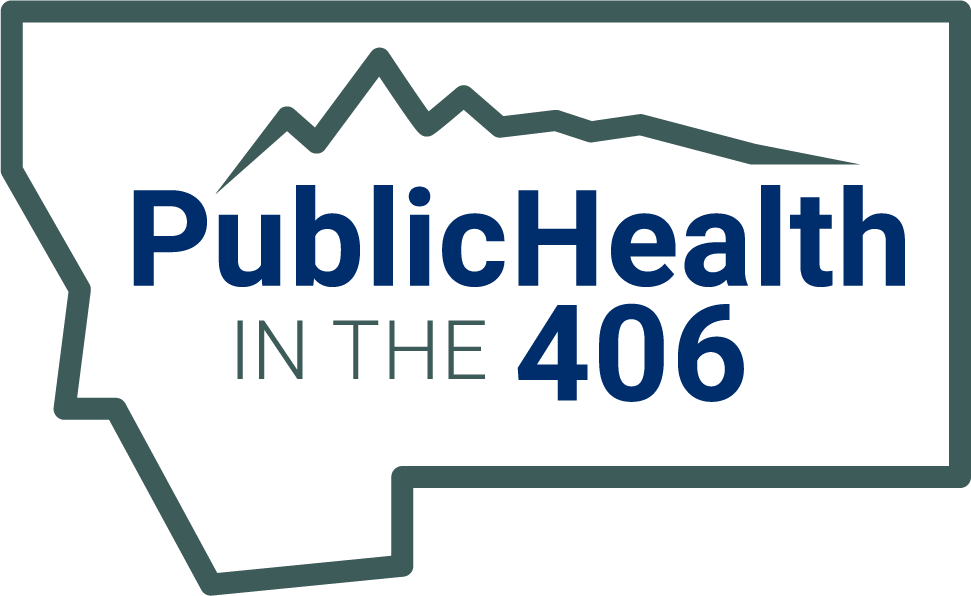Air Quality
Montana is the third least populated state in the U.S., yet it ranks only fourteenth for highest air quality (U.S. EPA). This is largely due to the severe impacts of summer wildfire smoke and winter inversions that trap air pollutants from wood burning stoves, vehicles and other pollution sources in our western valleys.
Montana residents can take steps to mitigate the effect of poor air quality on their health and daily routines. These steps begin with talking to their health care provider about their health risk. In addition, they must address their behaviors around both indoor and outdoor air, since both settings provide potential threats and opportunities to reduce the impact of lower air quality.
PLEASE NOTE: The Montana Department of Health and Human Services (DPHHS) provides valuable health information regarding air quality to help you stay informed and protect your health. However, DPHHS does not regulate air quality issues. If you need to file a complaint or report an air quality concern, please visit the Montana Department of Environmental Quality (DEQ) Regulation Department. The best way to report a complaint is to contact DEQ Enforcement at 406-444-0379 or DEQ or file an online complaint submission at https://deq.mt.gov/about/reportpollution.


